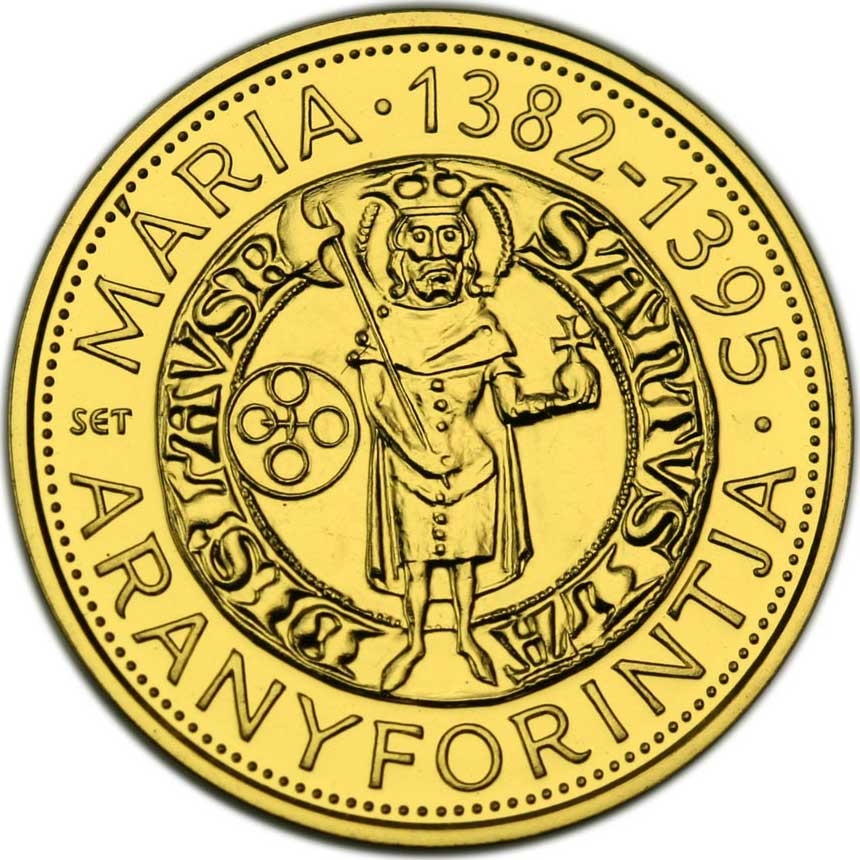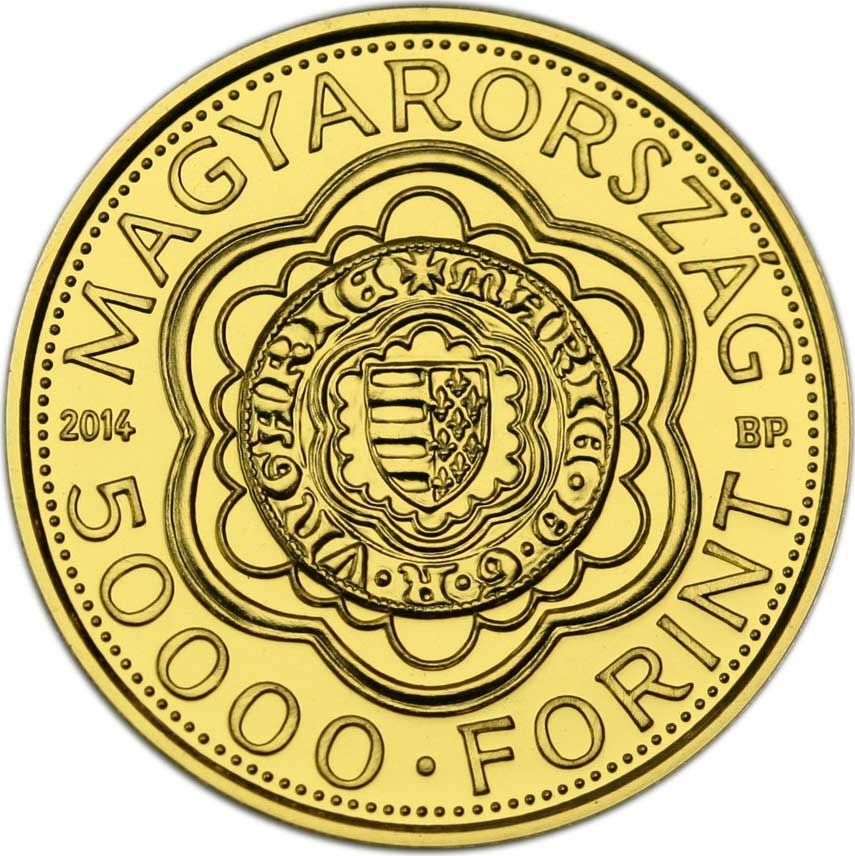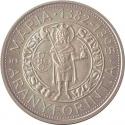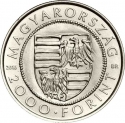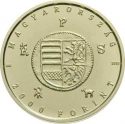You are about to finish your registration. Please check your mailbox (including spam folder). There should be a letter with a confirmation link. Check setting to make sure that your e-mail address is correct.
Send letter againDescription
A piedfort is an unusually thick coin, often exactly twice the normal weight and thickness of other coins of the same diameter and pattern. Piedforts are not normally circulated, and are only struck for presentation purposes by mint officials (such as patterns), or for collectors, dignitaries, and other VIPs.
The third issue in a series depicting the medieval Hungarian gold florins honors the gold florin of Queen Mary, who reigned from 1382 to 1395.
Mary (1371–1395), also known as Maria of Anjou, ruled as Queen of Hungary and Croatia from 1382 to 1385, and again from 1386 until her death in 1395. Born in 1371 to Louis the Great, King of Hungary and Poland, and Elizabeth of Bosnia, her marriage to Sigismund of Luxembourg was arranged before her first birthday. Despite being crowned "king" of Hungary in 1382 due to the absence of male heirs, Mary faced opposition, leading to conflicts with her mother and cousin Charles III of Naples. After a turbulent period of dethronement and restoration, Mary's influence waned, and she tragically passed away in a hunting accident while pregnant.
Engraver: Tamas E. Soltra
Obverse

|
Depicts the reverse of Maria of Anjou's Gold Florin, showcasing Ladislaus I (Saint Ladislas) holding his battle-axe and orb with a halo above his crowned head with the Latin inscription "Sanctus Ladislaus Rex" (Saint Ladislaus the King), surrounded by the name of the queen and the dates of his reign above, the inscription "GOLD FLORIN" below, separated on the left by the engraver's initials and on the right by a dot. MÁRIA · 1382-1395 · |
|---|---|
Reverse

|
Depicts the obverse of Maria of Anjou's Gold Florin, enclosed within a Gothic-style frame, where the split coat of arm (Hungarian stripes of Arpads in the first field, Anjou lilies in the second field) surrounded by the Latin inscription "+ MARIA • DEI • GRATIA • REGINA • VNGARIE" (Maria, by the grace of God, Queen of Hungary). Encircling the edge within a pearl border, the upper inscription reads "HUNGARY", while the lower inscription separates the denomination and "FORINT" with dots. On the left side of the frame is the issuance year "2014," and on the right is the mintmark "BP." MAGYARORSZÁG |
| Edge |
Maria, by the grace of God, Queen of Hungary + MARIA • DEI • GRATIA • REGINA • VNGARIE |
50 000 Forint
Piedfort
Gold Florins of Medieval Hungary
Gold Florin of Maria of Anjou
Subscribe series
KM# 862a Adamo# EM267
Gold Florins of Medieval Hungary
Gold Florin of Maria of Anjou
Related coins
Gold Florins of Medieval Hungary
Gold Florins of Medieval Hungary
